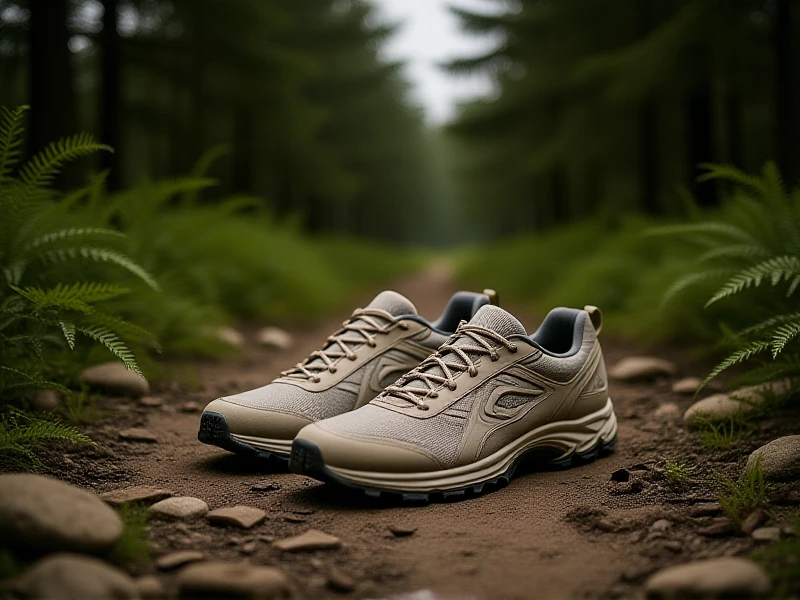
Find the Perfect Running Shoes for Your Feet and Performance
Running shoes are essential gear for both casual joggers and competitive athletes. The right pair provides critical support, reduces impact, and enhances performance while preventing injuries. Understanding key features helps you make informed choices tailored to your running style.
Cushioning Matters Most Modern running shoes feature advanced cushioning systems that absorb shock during foot strikes. Brands use proprietary technologies like gels, air pockets, and foam compounds to balance softness with responsiveness. For long-distance runners, maximal cushioning prevents joint fatigue, while racers prefer lightweight designs for faster transitions.
Stability vs. Neutral Designs Determine your foot arch type before selecting running shoes. Overpronators need stability models with medial support and firmer midsoles to correct inward rolling. Neutral runners suit flexible shoes that allow natural motion. Many specialty stores offer gait analysis to identify your ideal category.
Terrain-Specific Options Road running shoes prioritize cushioning and breathability for pavement. Trail variants have aggressive outsoles for traction, with protective plates shielding feet from rocks. Hybrid versions handle varied surfaces, making them versatile for urban environments with mixed terrain.
Fit and Maintenance Tips Always try running shoes in the late afternoon when feet expand slightly. Leave a thumb's width of space beyond your longest toe to prevent bruising during downhill runs. Rotate between two pairs to extend longevity, and air them out after wet sessions. Replace running shoes every 300-500 miles as midsole support degrades over time.
Top brands refresh models seasonally, incorporating runner feedback into updated designs. Prioritize function over trends—proper running shoes should disappear on your feet, becoming seamless extensions of your movement. With careful selection, your next pair will transform miles into achievements.
( 390)